Essential Safety Equipment
It goes without saying that construction is a high-risk industry, and that a safe working environment for your self-build is not an afterthought, but an absolute essential that should be integral to every stage of the project.
If you’ve employed a package builder or a principal contractor to do the work, then you are exempt from legal responsibility for health and safety (see box overleaf). Regardless of this, it is useful to get to know what the site safety requirements are, if only so you can check that yours is being run the way it should, and to avoid the distress (not to mention the loss of time and money) of an accident occurring. Every site should have someone officially appointed to deal with safety issues, so find out who they are, and also make sure there’s an HSE-approved first-aid kit and accident book.
Intriguingly, however, it’s not power tools or flimsy shoes that lead to injury claims, according to Simon Middleton, director of self-build insurance specialists Self Build Zone. “Amazingly, we’ve had no injury claims at all as a direct result of power tools. But loads of claims for things like slips, trips, crushing, falls from height and so on. So really the problem is not the use of tools or equipment – it’s more to do with adequately assessing the workplace for risk.”
When it comes to tools and equipment, the same common-sense rules apply whether you’re getting your hands dirty on site, or just doing a spot of weekend DIY. Use the right tool for the job, and make sure it’s in good repair; read the safety and operating instructions; and don’t cut corners. If you’re not up to tackling the job, don’t.
Wear it well
Site clothing is about comfort and practicality – if you don’t realise you’re wearing something, it won’t niggle and distract you from the job in hand. A hi-vis jacket is essential – a vest is fine (and cheap) in summer but a fleece-lined version might work better in the cold. Elsewhere, look for lightweight clothing that will offer some kind of protection when it rains – preferably in a breathable fabric. Practical details such as zipped pockets and tool loops just make life on site that little bit easier.
Stay on your toes
Heavy steel-capped work boots will shield your toes from hard blows, but they can be tiring to wear day-in, day-out, and can also take time to wear in. To stay nimble but safe at the same time, opt for the new generation of site hiker boots or trainers: they have the same steel toes, protective soles and shock absorption, but will be less tiring on the feet.
Eyes and ears
Repeated loud noise can cause permanent damage to your hearing; if you’re operating noisy equipment, wear ear defenders at all times. As with so much safety workwear, if you spend a little more you’ll get an extra degree of comfort and flexibility: extra cushioning, for example, can make all the difference if you’re wearing them all day.
Today’s very sophisticated models harness technology that will filter equipment noise but still allow you to hear (a little) speech. Keep a box of ear plugs on hand for those on site who are near, but not actually using, noisy apparatus. Safety goggles are another must for dusty environments or where there’s any risk of debris flying into your eyes.
Head start
If you’re planning to be on site for a good length of time, invest in a hard hat that’s comfortable. Additional features to look out for are a six-point harness, rather than a four-point, for a better fit; an internal cushioning headband; and an integral rain channel so that the rain doesn’t go straight down your neck.
On your knees
Kneepads can make a huge difference to your comfort when you’re doing anything close to the ground. Some clothing manufacturers, such as Snickers, make trousers with built-in pockets for the pads.
Breathe easy
A dusk mask is a necessity during any job where fine particles and fibres are created: the increased use of insulation in new homes has correspondingly increased the existence on site of such fine fibres. Different grades of mask will protect you from different types of dust: FFP1 for large dust particles in light-dust areas; FFP2 for toxic particles and welding fumes; and FFP3 for fine toxic dust, mist and fumes. The technical information that comes with your power tool (or is available on manufacturers’ websites) will advise on the right mask to use.
Increasingly, however, and anticipating new legislation already affecting other European countries, tool manufacturers are concentrating their efforts on preventing dust from flying around in the first place. Bosch’s GSB 19-2 REA Professional Impact Drill, for example, offers integrated dust extraction that extracts harmful dust at the point of drilling.
First Aid
A standard HSE-compliant kit, with plasters, dressings and the like, will be able to sort out most minor accidents and injuries. Buy a bigger one if you’re going to have lots of people on site – your five-person kit isn’t going to be effective enough on a big site where a lot of trades are working. Wall-mount it somewhere prominent, so you and everyone else always knows where it is – it could save vital seconds.
Hand in glove
Different gloves are better suited to different tasks, so be governed by the work you’re doing – do you need something that’s powerful and heavy-duty, for lifting? Or something thinner and lighter, for jobs that need a bit more dexterity? General-purpose gloves should give you the best of all worlds, with a good rubberised grip, waterproof fabric and thermal protection. ‘Cut finger’ gloves are good for when you need maximum dexterity but still want some protection for the rest of your hand. Keep a box of disposable latex gloves on hand for those messy (but not dangerous) jobs, too.
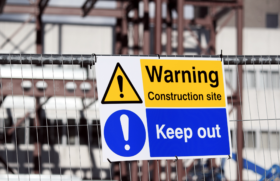
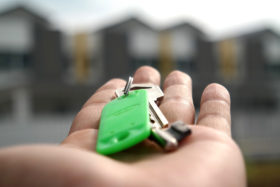






























































































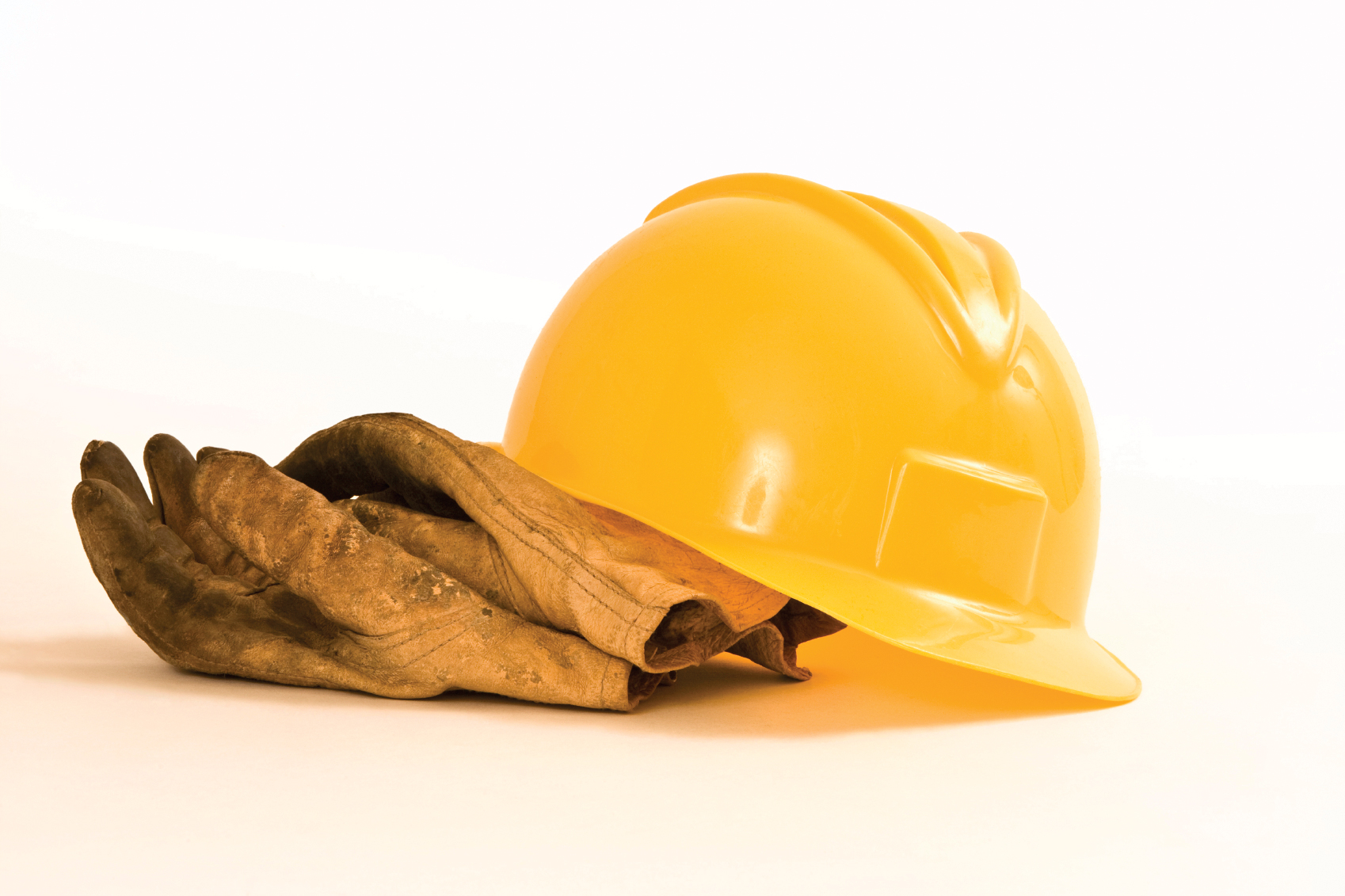
 Login/register to save Article for later
Login/register to save Article for later





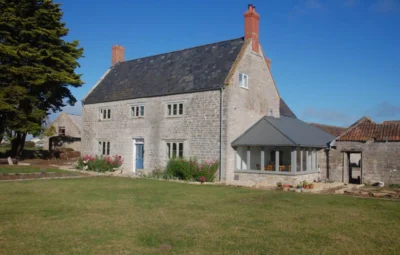

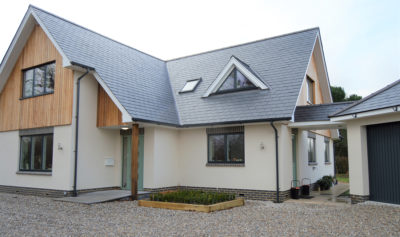





Comments are closed.